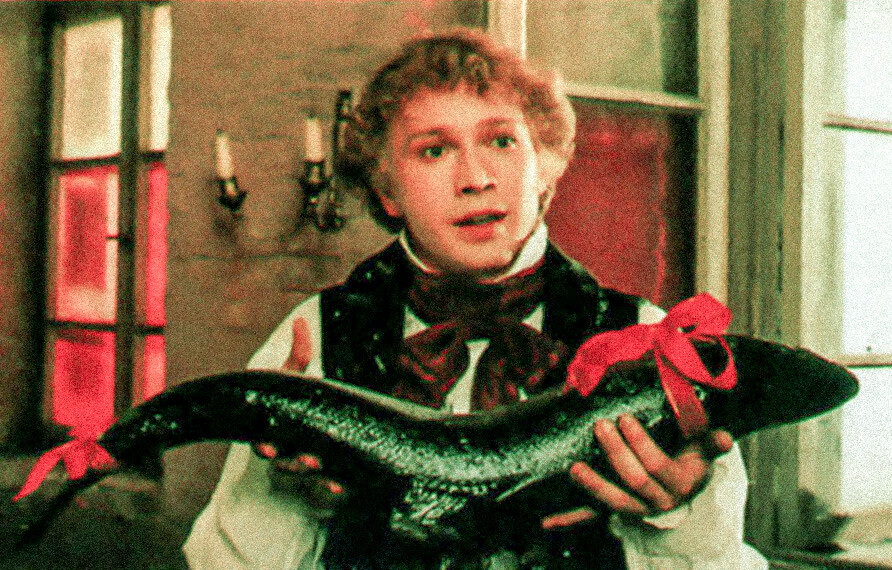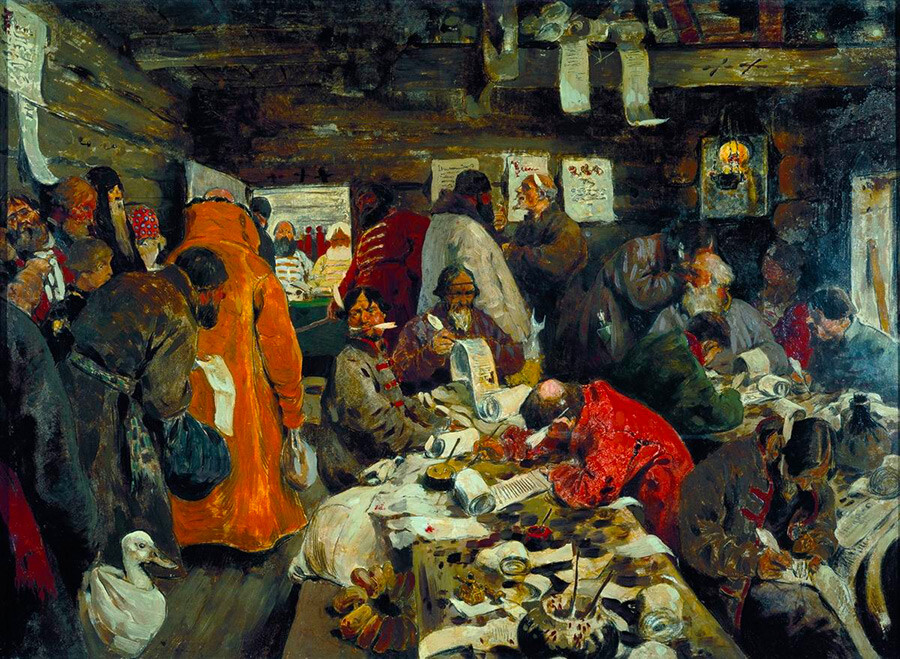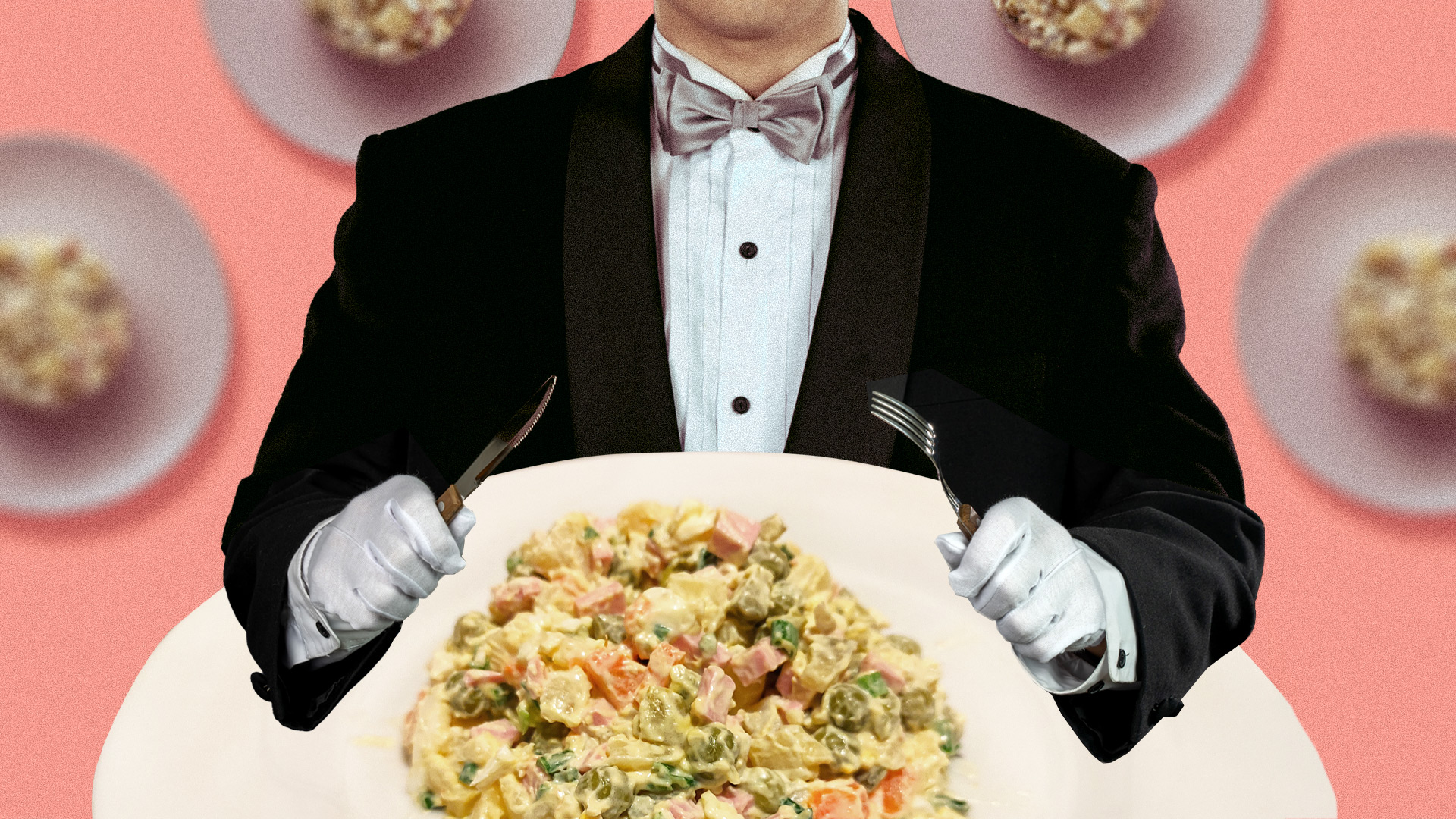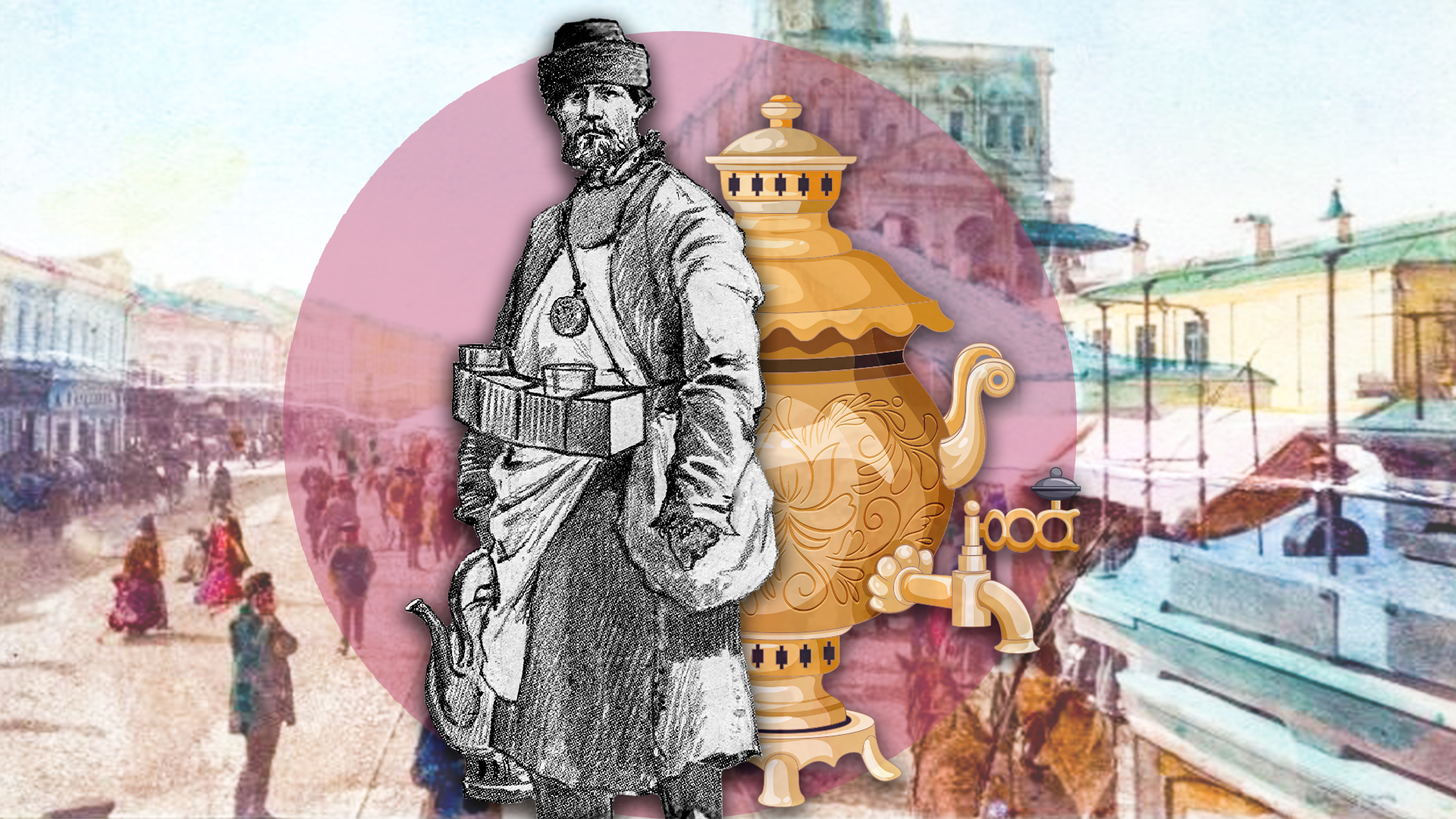
What people used as bribes in Tsarist Russia

Corruption is as old as the world and many cases of it are described in Russian literature, often in an ironic way. In the 1789 comedy ‘Yabeda’ (‘Chicane’) by Vasily Kapnist, for example, there is a song about taking bribes: ‘What are our hands for but to take them!’
Greyhound puppies
“I tell every one plainly that I take bribes, but what kind of bribes? Why, greyhound puppies. That's a totally different matter,” says Judge, a character in Nikolai Gogol's comedy ‘The Government Inspector’.
The expression “to take bribe with greyhound puppies” has become an idiom and means to take a bribe with material goods. But, of course, it is ironic, because the corrupt judge justifies the bribe, believing that it matters WHAT to take.
 An illustration for 'Dubrovsky' novel by Alexander Pushkin, 1923
An illustration for 'Dubrovsky' novel by Alexander Pushkin, 1923
In Russia, the favorite entertainment of nobility from the 17th to the 19th century was hunting with greyhound dogs. Being naturally very fast, they masterfully drove the hunted animal, so that the hunter had to do little else. A hare hunt of two neighbors-landlords with greyhounds is also described by Alexander Pushkin in the story ‘The Squire's Daughter’. Russia even developed its own breed - the Russian Borzoi (read more about it here). And purebred puppies were not cheap.
Food
‘The Government Inspector’ is a masterpiece comedy about bribes and it mentions several other cases. For example, the city governor willingly takes bribes from merchants, giving the right to trade in return. And he justifies it in front of the inspector the following way: “Judge for yourself - the salary I get is not enough for tea and sugar. And, if I have taken any bribes, they were very little ones - something for the table, or a coat or two.”
 A still from 'The Government Inspector' movie
A still from 'The Government Inspector' movie
In the end, the merchants who are being harassed by the governor come to the inspector, asking for protection... and offer him: “Do not, our father, despise our bread-and-salt; we pay our respects to you with this sugar-loaf and this basket of wine!”
He replies that he does not take bribes, but he would not refuse to borrow money, which is another matter (As a result, this self-proclaimed inspector takes a large sum from the officials and goes away).
 An illustration for 'The Government Inspector' comedy
An illustration for 'The Government Inspector' comedy
In general, bribes with edible goods were very widespread in Russia. Until the 15th century, the districts of a large country were managed by “feeding”.
The Grand Duke sent an official as an administrator to this or that region, but did not give him a salary. Instead, the official was “fed” at the expense of the local population. This was not considered a bribe, it was a law, a tradition.
Often, Russian people would give “fodder” with what they had, i.e. bread, milk, butter, cheese, meat, etc... Officials' horses, meanwhile, were also fed with hay that locals would give them.
 Peasants bringing goods into a city administration
Peasants bringing goods into a city administration
In a book from the late 16th century titled ‘On the Russian State’, Englishman Giles Fletcher described how one clerk (in addition to many other bribes and extortions) accepted a roasted goose stuffed with money. And how Ivan the Terrible defiantly executed him, allegedly telling the executioner to cut him up like a roast goose.
Feeders exceeded their authority very often and lured more and more benefits from the unfortunate wards, wishing to enrich themselves in a nourishing position. Because of this abuse, in 1555, “feeding” was abolished. But, the habit remained.
And, to this day, for the sake of a good attitude, people, now and then, bring a box of candy or chocolates to the clinic or to a state institution.
Furs
Fur was once called soft gold in Russia. It was a currency, a major item for export and a reason to explore and develop Siberia with its endless forests.
 Arriving of voevoda
Arriving of voevoda
Siberian peoples even paid a fur tax to the Moscow treasury. Of all furs, sable fur was valued most. Matvey Gagarin, the Siberian governor of the first half of the 18th century, had to ensure that the fur came to the state treasury, but he did not hesitate to redirect some of the flows into his own pocket. He also took additional money from the merchants who had already paid heavy taxes to be able to sell fur.
Over time, Peter the Great noticed that fur and money were getting scarcer and the governor was living more and more luxuriously. After an inspection and the discovery of the extent of the “licentiousness”, Gagarin was hanged in the center of St. Petersburg and Peter did not allow the body to be removed for a long time to discourage other officials.
Serfs
“The forms of bribery changed - they took food, furs, serfs, money, services, but the essence of it as a form of abuse of power, as an official crime, remained,” writes Professor Igor Golosenko in an essay on the phenomenon of Russian bribery.
In Russia, people have been trying to fight corruption since the 16th century, but with little success. Peter the Great took up the cause very fiercely. However, it turned out that his main associate Alexander Menshikov was the biggest corruptor in the empire. After Peter's death, it transpired that his friend had about 90,000 serfs in his possession! Such a number of them meant that they were accepted as a gift for patronage. In addition, numerous prisoners whom the Russian army captured after victories in battles also became serfs.
 Portrait of Aleksander Menshikov
Portrait of Aleksander Menshikov
It was common to pay with serfs, especially for those impoverished nobles for whom it was the only currency. And those who did not inherit them were especially happy to accept serfs.
Serfs as currency are described by the same Gogol in ‘Dead Souls’. The main character bought up peasants who nominally still belonged to their landlords, but had already died... He did not need them, but their number added significant weight in society.
High-ranking officials were given serfs by the thousands. And, the first time in the history of Tsarist Russia where such luxurious gifts were not seen was under Nicholas I, because he controlled the salaries of his officials and tried embezzlers and bribe-takers en masse. But then, officials found a way out - and took bribes not themselves, but through mistresses.













